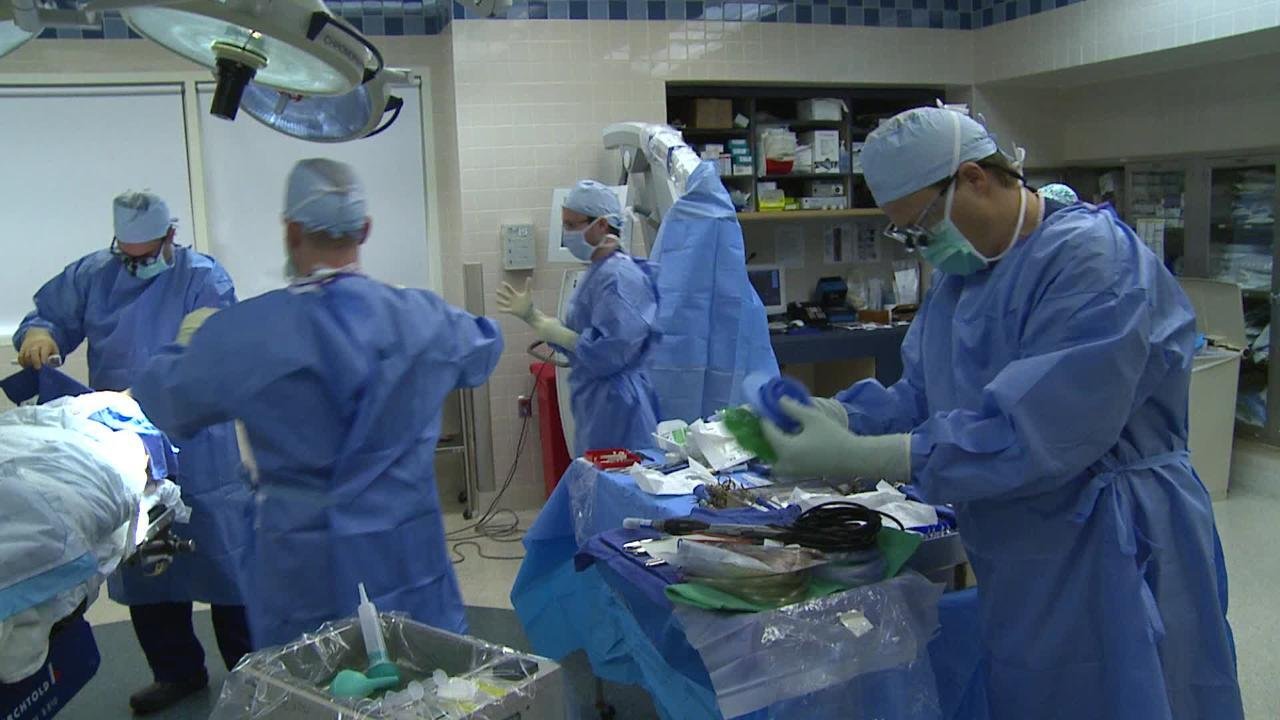Neurospine Hospital & Revive Critical Care
Menu
Microsurgery For Brain Tumors
Home / Microsurgery For Brain Tumors
What is Microsurgery For Brain Tumors
Microsurgery describes an array of procedures for which surgeons use a high-powered operating microscope and specialized instruments to operate on small or delicate structures in the brain.
Neurosurgeons use microsurgery to treat brain and spine conditions. These procedures are also known as micro neurosurgery. High-powered operating microscopes, considered the standard for safe and precise neurosurgery in critical areas, are the key to these surgeries.

Conditions Treated With Micro Neurosurgery
NHRCC experts treat all brain and spine conditions. We use microsurgery to treat:
- Arteriovenous malformations (AVM): Tangled arteries and veins in the brain or spinal cord that interfere with blood flow.
- Brain abscess: Tissue that grows around an infected area of the brain.
- Brain hematoma: Blood that has pooled within a specific area of the brain.
- Brain hemorrhage: The breaking of a blood vessel that causes bleeding in the brain.
- Brain and skull base tumors: Mass that forms when brain cells grow in abnormal ways.
- Seizures: Episodes that disrupt the brain’s electrical signals.
- Spinal tumors: Cells that grow in unusual ways, forming a mass in or around the spinal cord.
- Spine degeneration: Loss of normal structure and function of the spine, often caused by herniated discs and joint arthritis.
Microsurgery Treatments
- Aneurysm clipping — Making a small opening in the skull and placing a small metal clip on the aneurysm’s neck to stop its blood supply.
- Arteriovenous malformation (AVM) resection — Cutting off the blood supply to the AVM and delicately removing it from the surrounding tissue.
- Awake craniotomy — Monitoring critical brain functions, such as speech and movement, to safely remove tumors during traditional neurological surgery.
- Brain and skull base tumor resection — Removing a tumor through traditional, microsurgical methods when minimally invasive procedures are not an option.
- Carotid endarterectomy — Making a small incision in the neck and removing plaque blocking the carotid artery.
- Lumbar and cervical discectomy — Removing the ruptured disc and any fragments using a one-inch incision and microsurgical tools in the midline of the lower back.
- Posterior fossa decompression — This involves removing a small section of bone from the back of the skull and adding a patch to increase space and reduce pressure.

